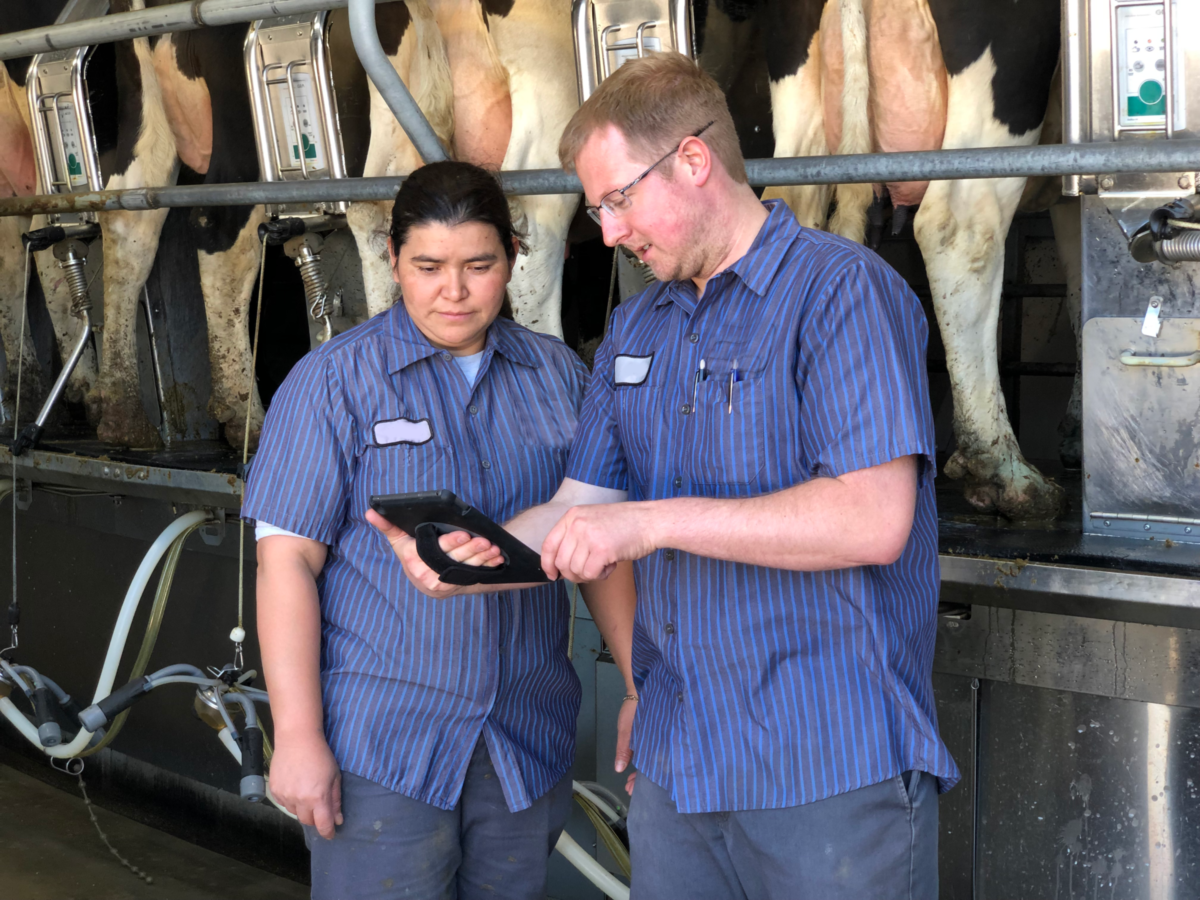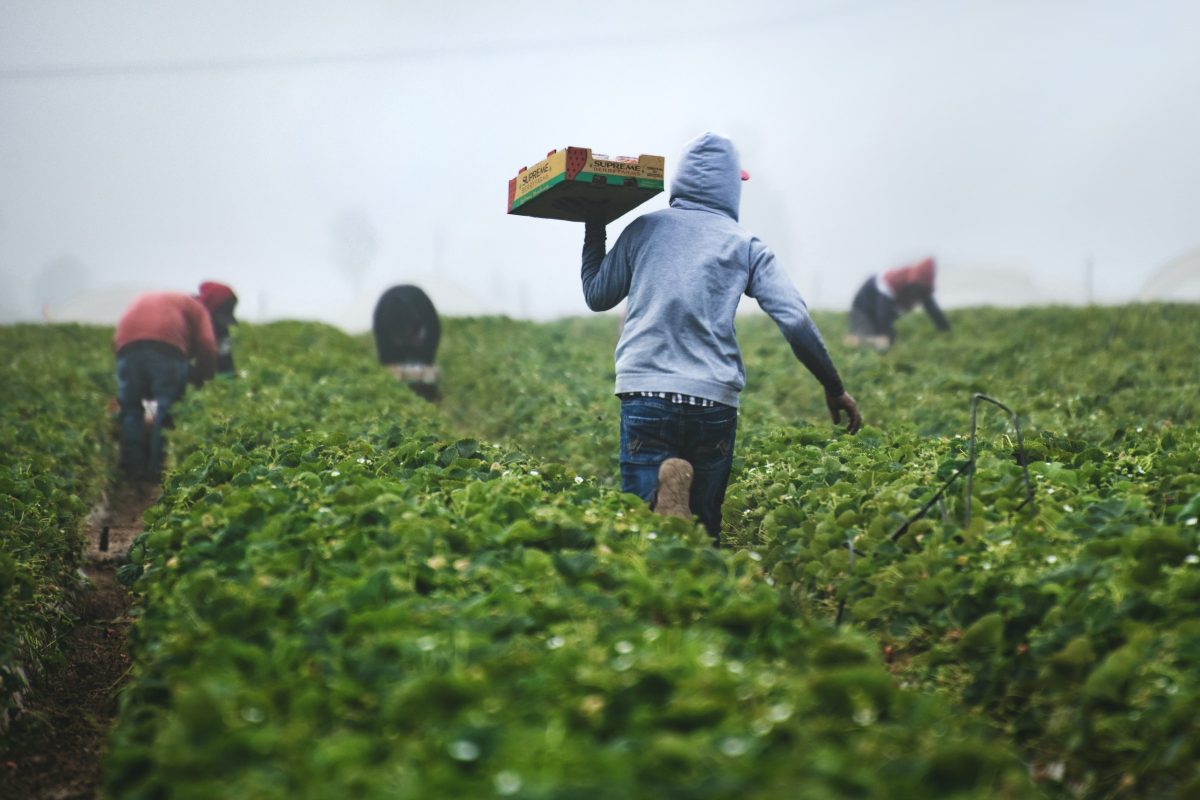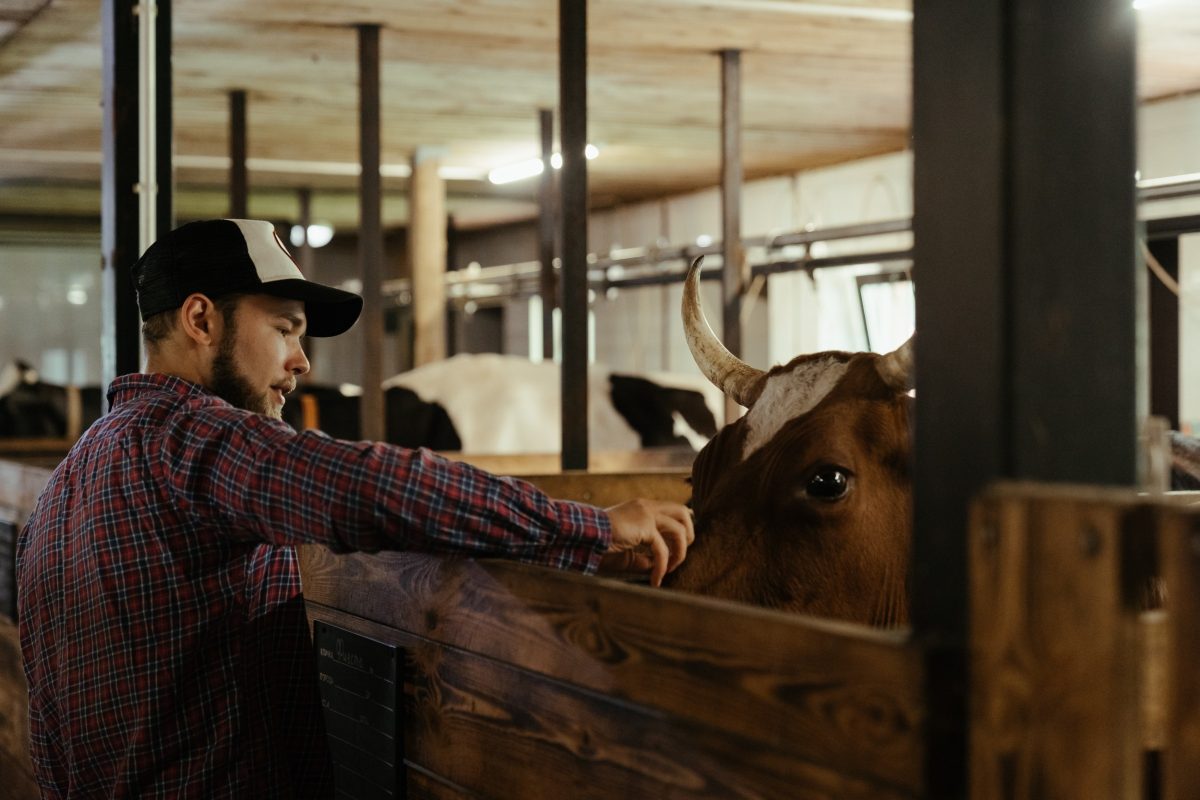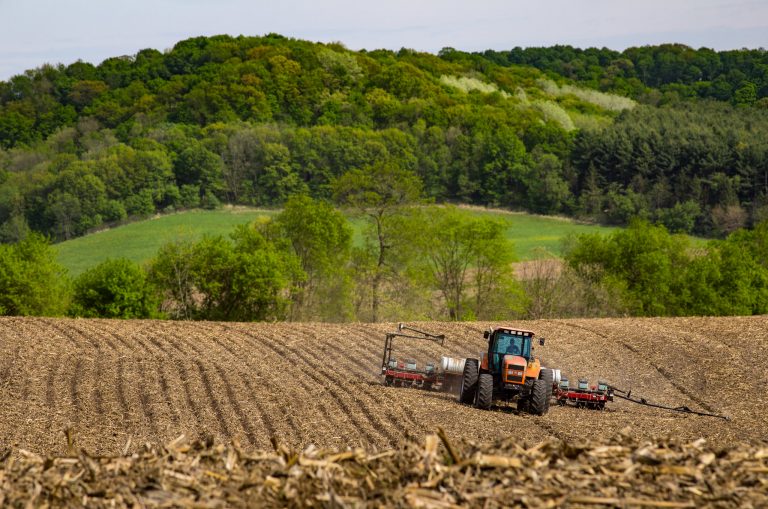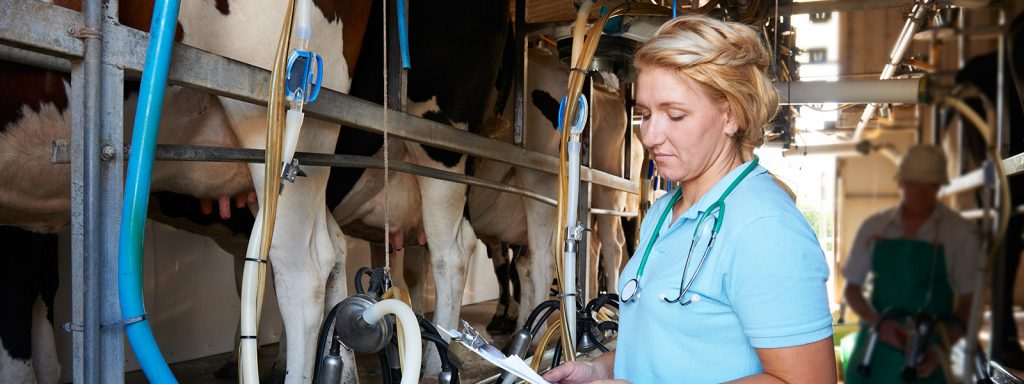Human Resources

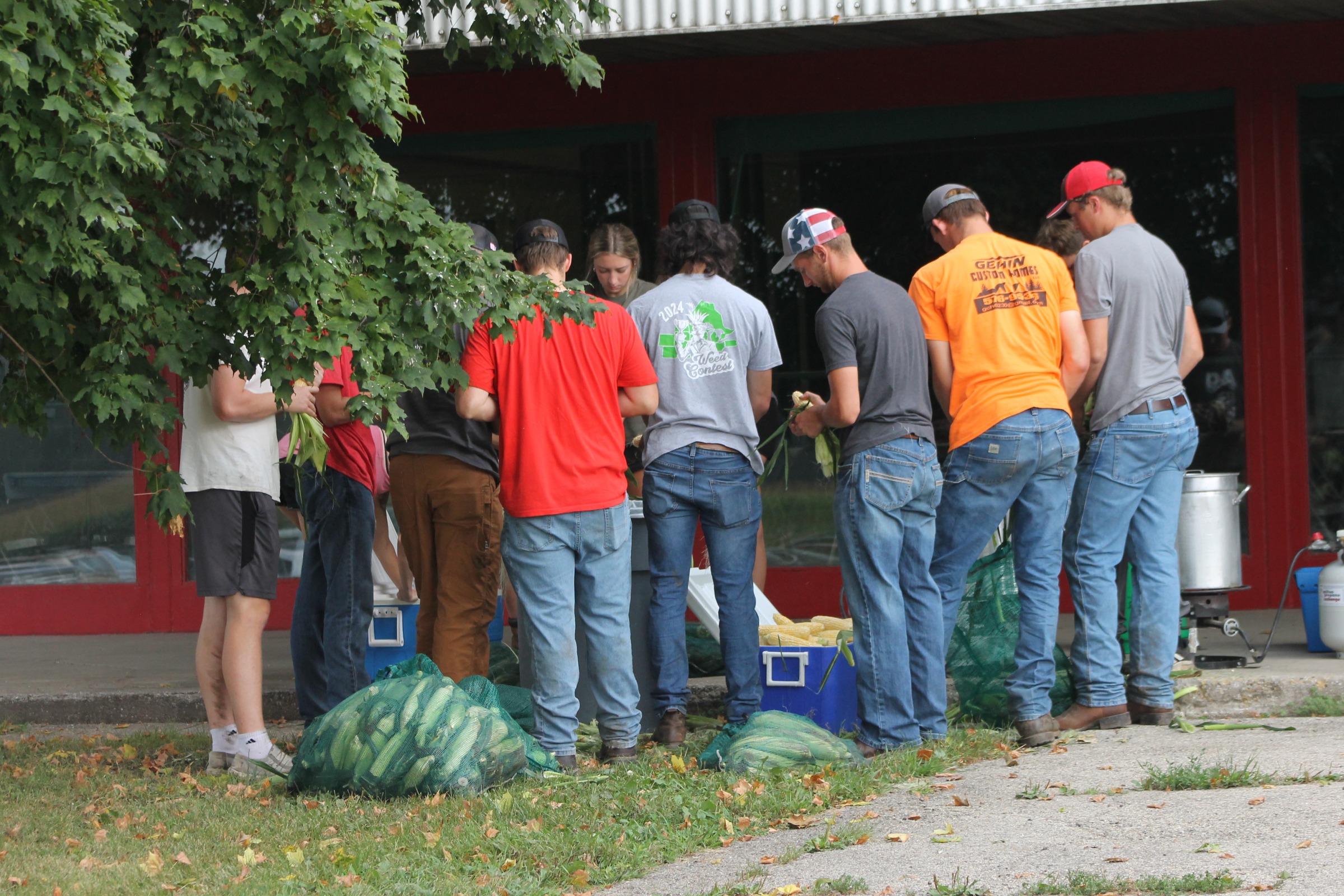
Human Resources
Acquire the knowledge and skills needed to recruit, motivate, and retain quality workers for your farm or ag business.
The mission of the Farm Human Resource Management program is to help participants acquire the knowledge and skills needed to recruit, motivate, and retain quality people. The objective is to provide the groundwork for agricultural producers to become better and more effective human resource managers through the application of best practices.
Extension staff provides programs, workshops, resources, and information for farms, farm managers, farm families, and consultants working on improving farm human resource management.
Becoming the Employer of Choice
Are you struggling to attract and maintain talented employees? Becoming the Employer of Choice is a four-week course mixing self-study with instructor-led discussion groups for farm managers looking to improve their farm’s employee engagement.
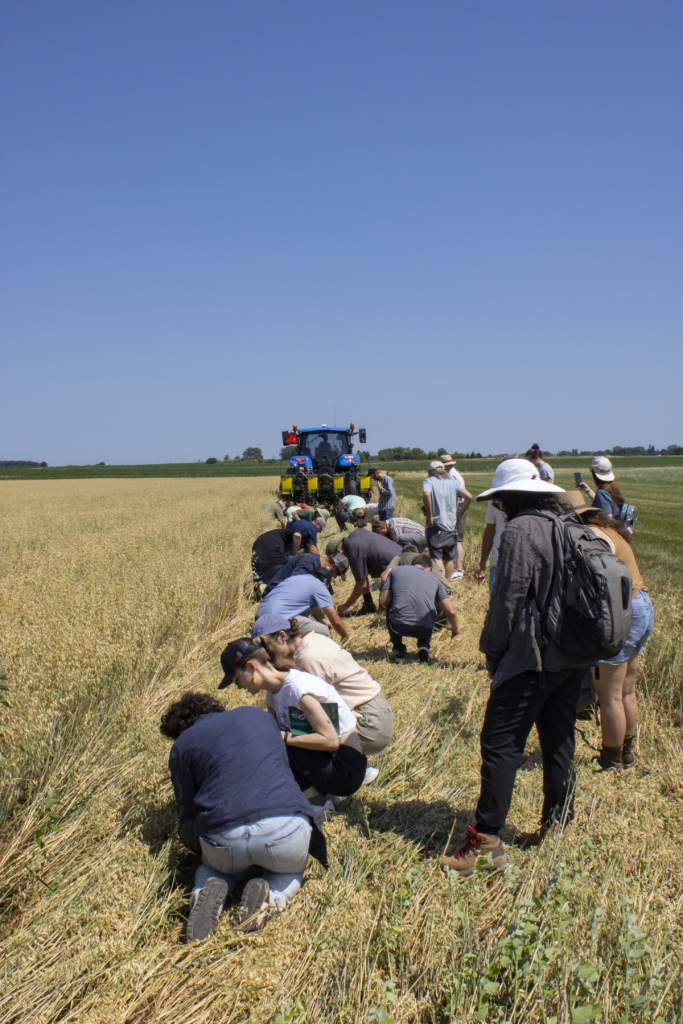
Additional Resources
Understanding the Total Compensation Statement Benefits Everyone
Understanding the total value of annual compensation statements is important for both employers and employees. Paychecks reflect only part of the compensation; the statement shows the full range of benefits and rewards provided by the employer.
Large Language Models: A Powerful New Tool for Wisconsin Agriculture
While many people think of AI chatbots as sophisticated question-answering tools, research shows these systems can do much more. Advanced AI systems hold the potential to reshape how farmers and other agricultural professionals work.
There’s Opportunity in Those “Near Misses” on Your Farm
Farms are busy workplaces with the potential for injury lurking around every bend. A proactive tool to guard against future mishap, and an important part of improving your overall farm safety culture, is “near miss” reporting.
Workplace Conflict: Why It Happens and What You Can Do About It
In labor-intensive environments like farms and other agricultural operations, conflict between employees can happen. Conflict is friction—disagreement between two or more people. Our brains often perceive conflict as a threat, which makes it uncomfortable and leads many people to avoid it.
Creating Career Paths For Your Farm Employees
Creating career paths, or “career pathing” is the process of aligning opportunities for employee career growth with organizational talent priorities.
Take a systems approach to people-management on your farm
A system is a series of interconnected parts that drive an organization forward. A “systems approach” to human resources management on your farm considers the interconnectedness of all the efforts you’ve made to make your farm a great place to work. It includes every aspect of the employee life-cycle, from the first time a prospective […]
Is it time to rethink employee onboarding and training?
In this recorded Badger Dairy Insight webinar, UW-Madison Division of Extension Farm Management Outreach Specialist Jim Versweyveld discusses onboarding and training for dairy employees and discusses how interactive learning experiences can help build confidence by allowing dairy workers to actively participate in their own training.
First impressions matter: The importance of onboarding farm new hires
Labor shortages are widespread, workers are expecting higher starting wages, and after farms hire and train a new employee, there is a risk that they will jump ship for a better-paying job. Improve the retention odds on your farm by putting a plan in place to improve the employee onboarding experience.
Develop an organizational chart for your farm business
Organizational (org) charts are a visual depiction of your farm’s staffing structure. They define roles and clearly illustrate “who reports to whom,” with connecting lines showing accountability and reporting relationships. An org chart for your farm can help keep things running smoothly and efficiently by providing several benefits.
Anhydrous Ammonia-It’s time to review employee safety
Used extensively as a source of nitrogen fertilizer due to its relative ease of application and wide availability, the obvious downside of anhydrous ammonia use is the serious hazard it presents to workers during transfer and application. The word “anhydrous” comes from the Greek, meaning “without water.” Because of the chemical’s strong affinity for water, […]
Effective Farm Safety Training Starts with a Purpose
The top strategies include conducting regular educational meetings, promoting open employer-employee communication and acting in ways that create a workplace culture where safety is accepted, valued and viewed as key to business success.
What’s the value of being a good boss?
The reduction in stress is a significant benefit of being a “good boss.” Then there’s the fact that well-trained employees take better care of cows and equipment.







